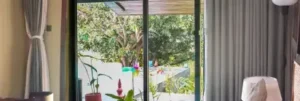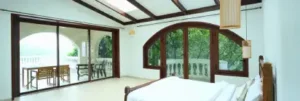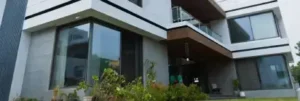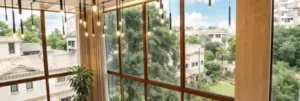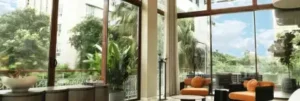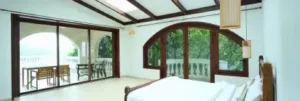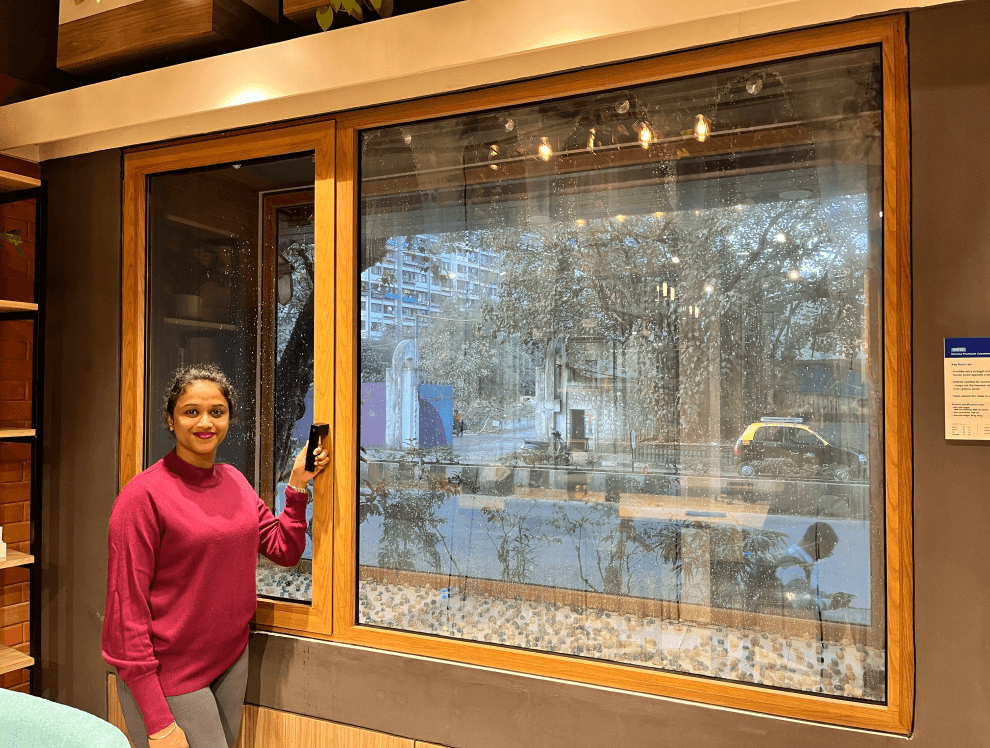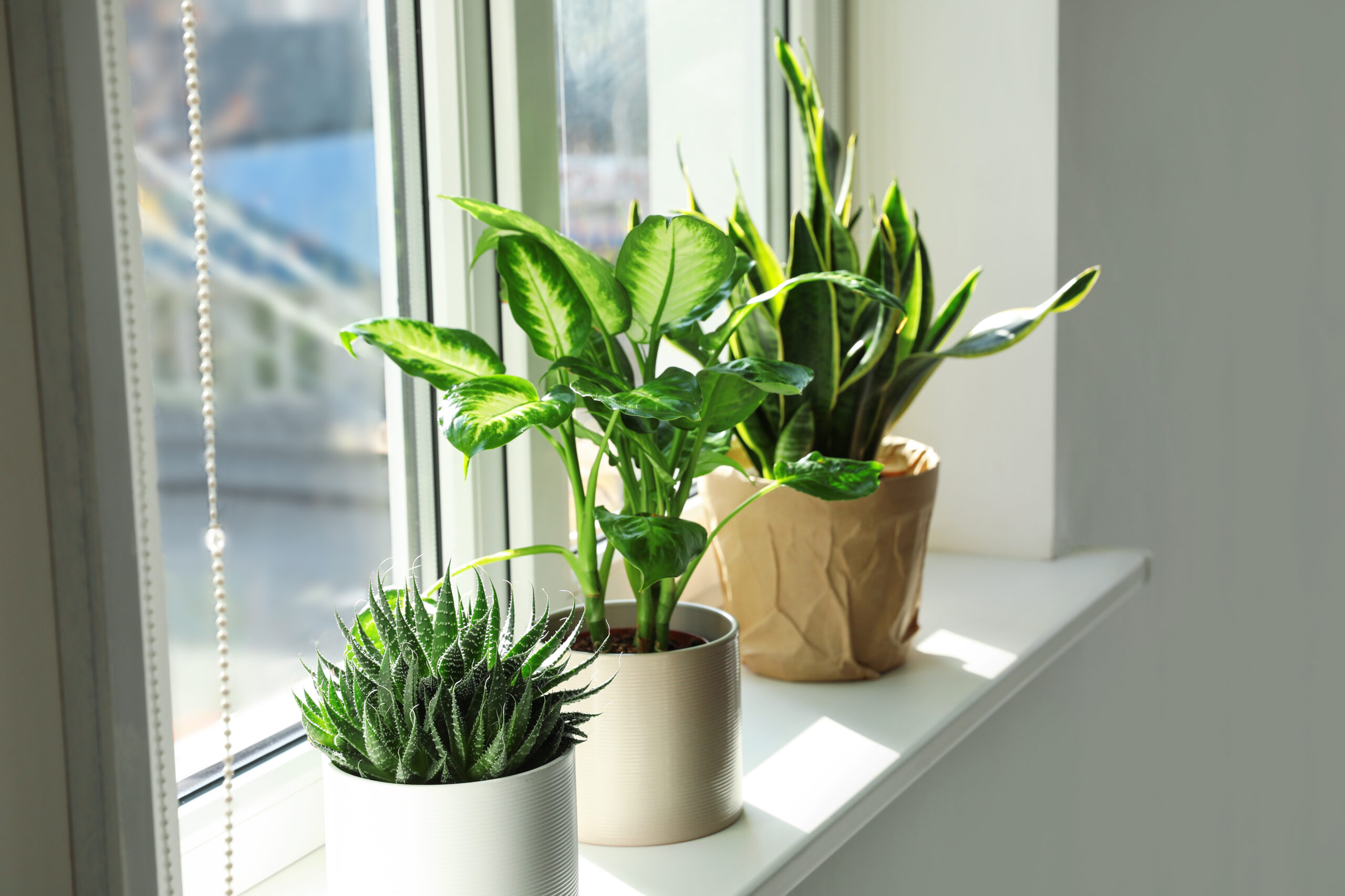
Mistakes people make with window plants: insights by an aluminium window company
Whether you live in a studio or a two-bedroom house, window plants add a positive vibe to your living space and can make you happier and more productive. However, for the plants to bring joy and beauty to your living spaces, they need to be cared for – as badly-maintained plants are more susceptible to damage from pests. Also, they show signs of neglect on their leaves. In addition to maintenance, homeowners need to select the right plants for their living spaces. As plants not suitable for the local climate may wilt or the leaves may turn yellow or pale. Here we discuss a few common mistakes that people make with their window plants:
Mistake 1: Choosing plants on the basis of their looks:
Oftentimes, window plants are bought based on their looks or the ongoing trend and not according to their suitability. There are two things that you must check before buying a window plant:
- Environmental conditions: This is one of the most important elements to consider when planning to buy plants for your windows. You need to check and research what plants are most suitable for the local climate. For instance, some plants grow well in the cooler weather of spring and fall whereas some plants grow well in summers.
- Plant size: Plants grow in varying shapes and sizes. The size of the plant should be in proportion to the window box. Before choosing window plants, it’s important that you find out the plants’ mature sizes.
Mistake 2: Overwatering of plants:
It is important to understand the water requirement of your plants. Normally a plant’s roots are the main source of water, food and oxygen. As much as these roots require water, they also need air to survive. Hence, when you overwater your plant, the roots drown. The signs of an overwatered plant are:
- Lower leaves turn yellow
- Plant looks wilted
- Rotting of roots
- Stunted growth
- Young leaves turning brown
- Formation of algae on the soil surface
Mistake 3: Too much or too less sunlight:
Failing to understand the amount of lighting required by your window plants to survive is a common problem. Different plants have different light requirements. For example, plants that require full sun such as cactuses should be placed in front of windows, helping your plant to grow faster and better.
Note: Windows that face eastwards are often good for plants that require a good amount of sunlight or early morning sunlight. Windows that face west receive afternoon and evening sunlight.
Mistake 4: Failing to create a drainage mechanism:
The drainage mechanism is very important for the well being of any plant. Always buy pots that come with an inbuilt drainage hole or you can drill a hole at the bottom to create a drainage mechanism. This allows the passage of water downwards and allows an even spread of water through the soil, allowing even the lowest of root extensions to receive an adequate water supply. Drainage holes also prevent overflooding or drowning of the roots in excess water.
Mistake 5: Not repotting:
A plant needs repotting when its roots are overcrowded in a container. Repotting provides nutrients for the plants by adding a new mix of soil and compost. When repotting, select a slightly larger, clean pot for your plant’s new home. While removing the plant, don’t use force to pull out the plant from the top. Loosen the tightly bound roots before placing the plant in a new pot.


 +91 97699 40000
+91 97699 40000



